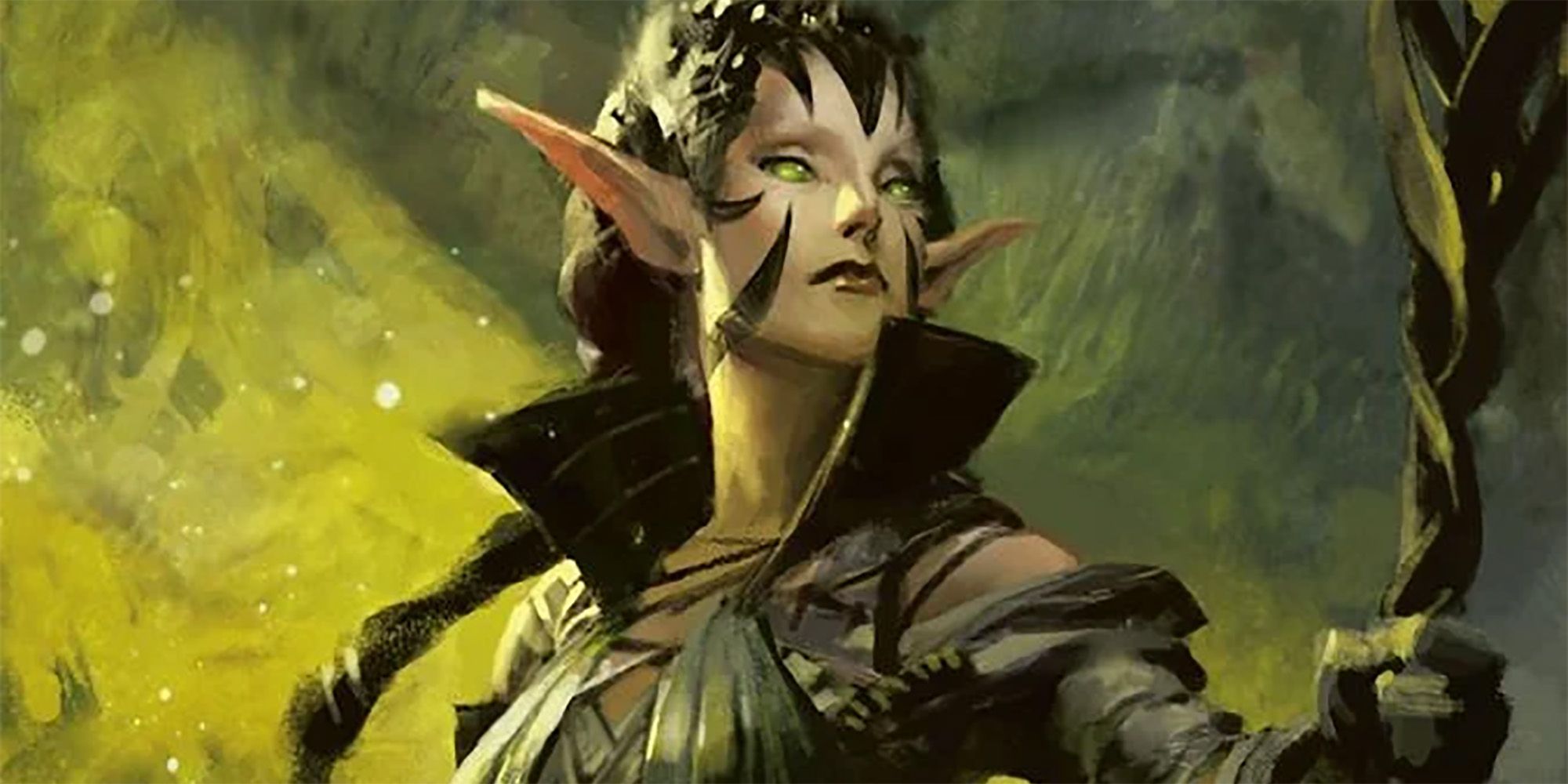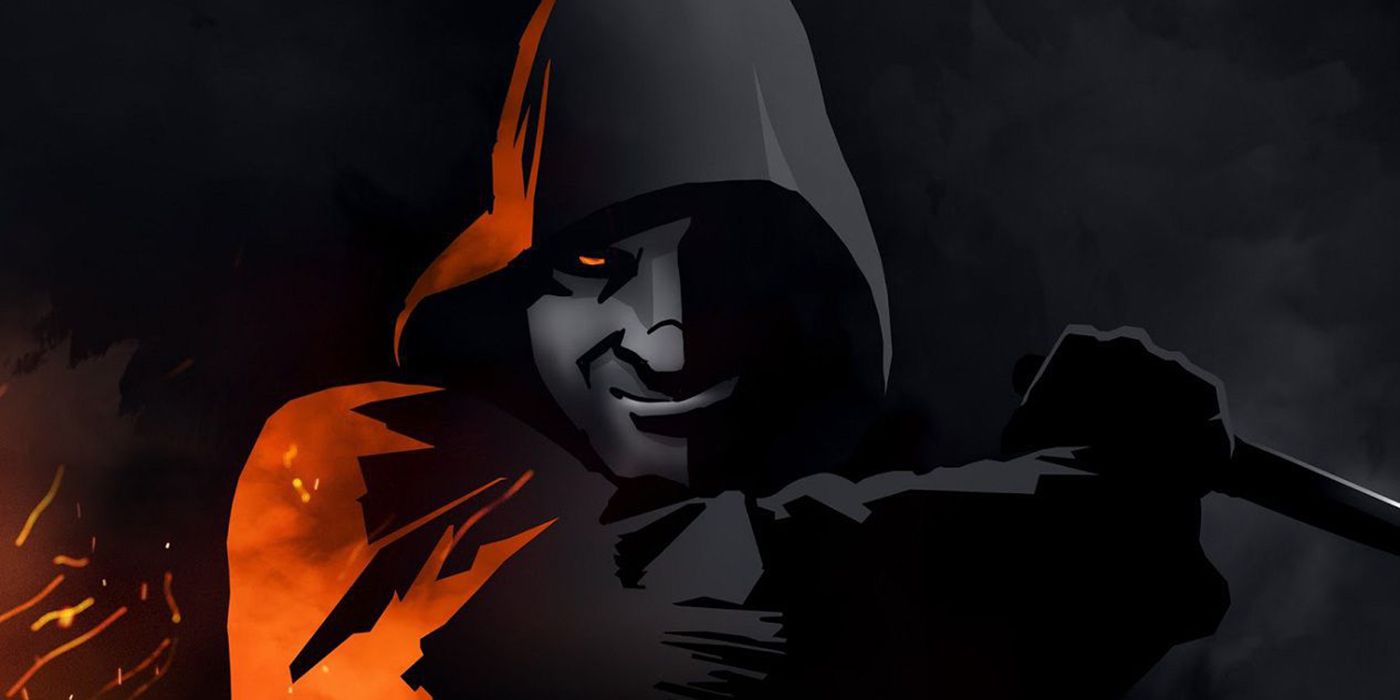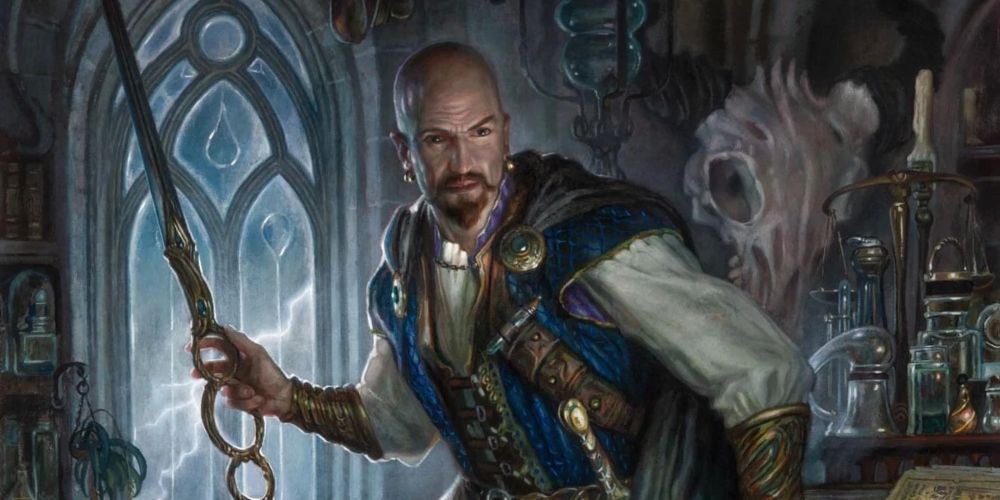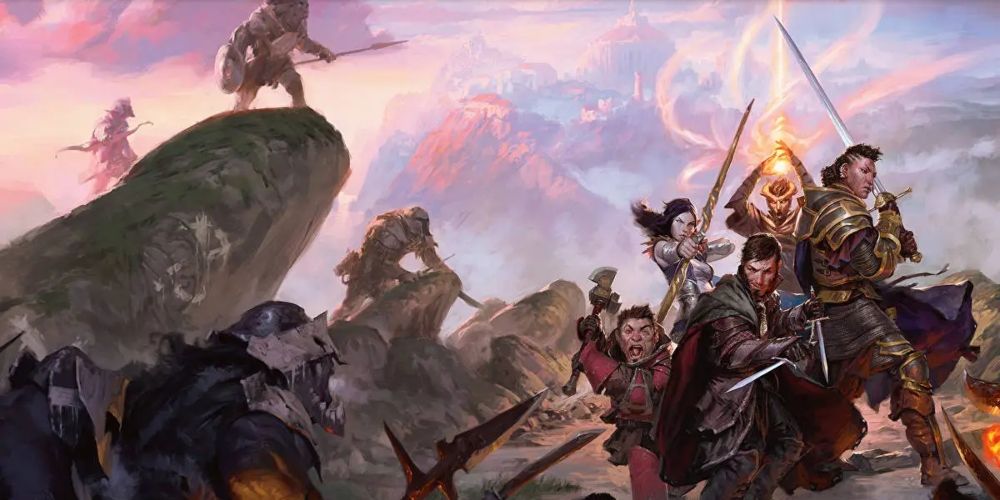Linear campaigns have a bad reputation, as most role-players think of them as synonymous with railroading. Since Dungeons & Dragons is an open-ended game, many feel it should be played in an open-ended way. While this is a valid way to play D&D, it's also possible to run a linear campaign that leaves space for player expression while ensuring a satisfying and well-paced narrative. There are three ingredients to a great linear game: theme, antagonist and pacing.
The first step to planning a great linear campaign is running a strong session zero. In open-world games, this is less important because players expect to discover the narrative and themes through play. However, in a linear game, it's crucial for the Dungeon Master to set expectations about the game and set limits on character creation.
This might sound overly restrictive, but it's in everyone's interest that the campaign concept and the player characters fit together. For example, if the game going to be about robbing banks, it wouldn't be a good idea for a character to play a lawful-good Paladin. During session zero, it's important that DMs to ask questions that tie characters to the campaign premise. This is a good practice for any game, but it's especially important when planning a linear campaign. In general, the lower stakes of the campaign, the more important it is to hammer out why the PCs care.
After session zero, it's time to flesh out the major themes of the game. Giving a campaign a theme doesn't mean being pretentious or slowing the game down so that everyone can think about big abstract ideas. In fact, a theme should be something concrete and simple. DMs should think carefully about their player characters and choose a theme that connects to each of them. If the DM picks a theme before knowing the PCs, the game is more likely to feel railroaded, especially if the chosen theme isn't relevant to the party.
It's not strictly necessary, but many of the best stories incorporate a character's flaws into the theme. Some systems, like Burning Wheel and Dungeons & Dragons ask players to write their character's flaws on their character sheet. This can be a great way to come up with a theme.
Once a theme has been selected, the next step is to come up with an antagonist. This is the most important step, as a good antagonist can carry an entire campaign. The key to a good antagonist is making them relevant to every PC. An antagonist should be related to the narrative's theme, which will hopefully be relevant to all the players.
The antagonist should also feel like a fully fleshed-out person. It's tempting to make an antagonist the embodiment of absolute evil, but these characters are rarely compelling. It's better to give an antagonist a realistic reason their evil actions. Think hard about the PCs' values and how those could contrast with the villain's goals and ideals.
Another powerful way to tie the antagonist to the players is to give them a similar skillset. For instance, if one of the players is a powerful summoner, then it's a no-brainer to make the antagonist a powerful summoner too. Mixing and matching these techniques will help to draw every PC into conflict with the antagonist. First and foremost, it's important that the DM be passionate about their antagonist, since that's essentially their main character.
Finally, once you have a theme and a compelling antagonist, it's time to think about narrative pacing. This will make a good campaign into a great one, and pacing is one major advantage that linear games have over open world games. A good story needs a beginning, middle, and end. This sounds restrictive, but each segment of the story can stand alone almost like an independent game. For example, the campaign may start with the players exploring a desecrated village to learn what happened. The middle can start once they make that discovery.
Each section should end with an escalation that brings the party into closer conflict with the antagonist. Even when the antagonist is distant, DMs should use conflict as a way for the players to learn more about their adversary. For example, when exploring that destroyed village, the players should learn something about the antagonist's methods.
The transition from beginning to middle should also represent a point of no return. What exactly this means will depend heavily on the details of the campaign, but after this point, the players should feel that the situation has changed in a significant and permanent way.
Middles are tricky business and should be treated with care. They have a tenancy to stretch on and meander, so it's best to think about middles this way: By now, the players and the antagonist know they are bound to come to a final conflict. This is the point in the campaign when the players marshal their forces, and the antagonist does the same.
What's exciting about the middle of a campaign is that, even in stories where it's clear the heroes will prevail, there are bound to be setbacks and defeats before their victory. DMs should feel free to hit their players with lasting consequences and meaningful failures. Even if everyone expects to prevail eventually, these setbacks just make things more dramatic.
Finally, the ending is when the players are drawn into a final confrontation with the antagonist. This is where DM planning pays off and where linear campaigns really shine. People generally don't have a hard time imagining what a "final confrontation" with the antagonist will look like, but sometimes it can pay to think things over and throw some surprises at the players.
For example, an especially sympathetic antagonist might not need to be defeated outright, but could be convinced to change their ways. If DMs play their cards right the players might even end the game by joining with the antagonist and turning against their former allies. Whatever happens, so long as the DM has been paying attention to the theme of their campaign, the ending should not just represent the PCs defeating one of their enemies, but should resonate to some deeper more important concern.




